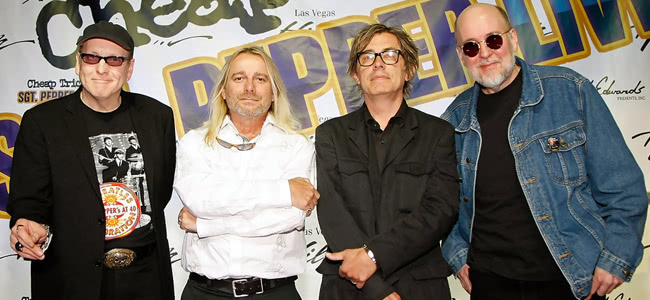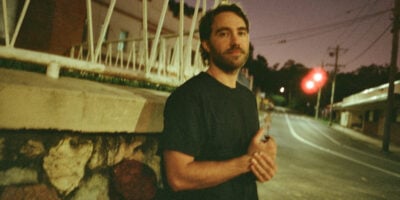In July 2011, Cheap Trick were at risk of severe injury and even death after a faulty stage collapsed during a performance at the Ottawa Bluesfest. Now the rock band have filed a $1 million lawsuit against the Canadian festival accusing them of placing “economic considerations over… safety” in their construction and maintenance of the festival’s main stage, as the Guardian reports.
According the filed lawsuit put forward by Cheap Trick Touring Inc, Ottawa Bluesfest responded to the severe storm warnings in an “unsuitable, haphazard and inadequate manner,” alleging that organisers failed to monitor weather condition and did not check on the stage’s sturdiness or prepare staff for the potential of an emergency.
The incident that was the catalyst for the million dollar lawsuit took place on 17th July in 2011, when winds reaching 117kmh an hour began blasting the outdoor stage, causing the metal uprights to buckle and collapse, forcing the members of the band to flee the stage at the insistence of frontman Robin Zander.
The group and several of their crew members narrowly avoided being hit by the falling stage, but three people were injured and hospitalised in the collapse, including Sandy Sanderson, one of the band’s roadies, who filed his own lawsuit against Ottawa Bluesefest accusing them of gross negligence.
“We are so thankful,” band manager Dave Frey tells Rolling Stone of Cheap Trick avoiding injury. “It was like the Titanic or something,” he describes of the freak storm. “It just blew everything back, cymbals are flying and everything. And we’re just like ‘get off the stage!’ and then I heard the rivets in the truss just starting to pop… and it just started coming down, the roof fell.”
“They said that we should be looking out for a storm but it wasn’t really that apparent,” Frey says of Ottawa Bluesfest’s preparation and warning for weather conditions.
Cheap Trick’s lawsuit is seeking US$ 400,000 in damages to repair and replace instruments and musical gear, and US$ 600,000 for “special damages, which includes interim replacement equipment, labour, travel and services.” As well as suing Ottawa Bluesfest and their technical team, Cheap Trick are also seeking compensation from the companies responsible for building the fault festival stage and sound and lighting rigs.
“It was like the Titanic or something… It just blew everything back, cymbals are flying and everything. And we’re just like ‘get off the stage!'” – Dave Frey, Cheap Trick ManagerAn investigation into the stage collapse by the local Ontario ministry of labour deemed the stage able to withstand winds up to 120kmh, but that operators neglected to remove the necessary wind-walls. Omissions that “heightened the risk and increased the vulnerability to visitors, including Cheap Trick Touring,” alleges the band’s filing.
“The stage is put up according to specs and there is an engineer who inspects the stage. That’s all I can really say, and that was done again this year,” Bluesfest director Mark Monahan told reporters in 2011, saying that the weather office described the sudden windstorm as a “freak situation.”
“We deal with weather every day and you know we don’t automatically call a show because we have weather we see coming in. If we did that, we wouldn’t be able to run a festival,” said Monahan.
The Cheap Trick incident was just one of a number of tragically common occurrences in recent years. Five people were killed at the Indiana Music Festival 2011 stage collapse and a Flaming Lips homecoming show in Oklahoma later that year seeing screens and equipment crashing down.
More recently, one concert-goer was killed and 19 injured at a Linkin Park show in Cape Town after temporary scaffolding was brought down in strong winds, which followed the high-profile tragedy at a Radiohead show in Toronto last year, when several of their road crew were injured and their drum tech killed after the roof of an outdoor stage collapsed during sound check.
The incident embroiled backers Liven Nation into a $4 million lawsuit and prompted an investigation, while closer to home, Australia began founding its own Event Safety Guidelines to forge industry-wide standards to prevent similar accidents occurring Down Under.

































